[:it]Umeshu: the liqueur made from sake and Japanese plums[:]
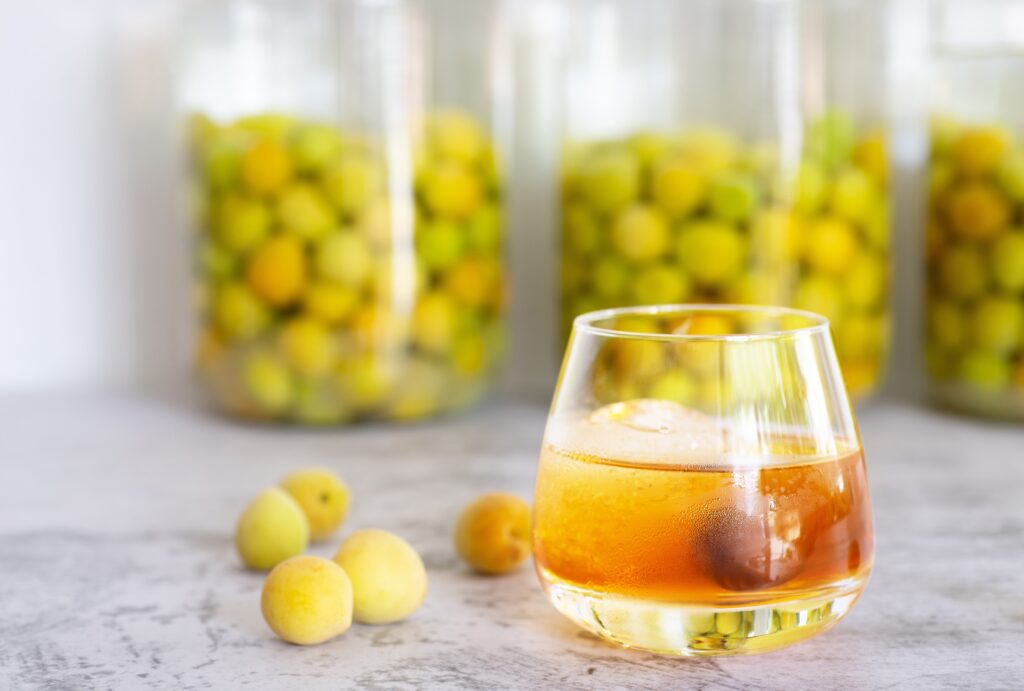
[:en]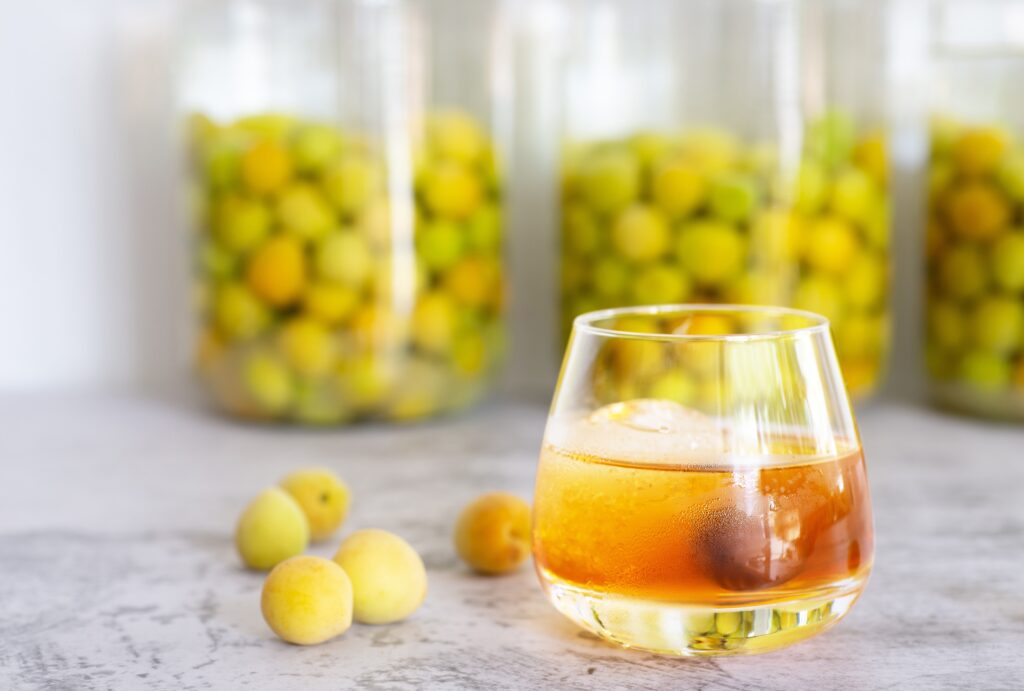
In the vast range of nuances of sake there is also a liqueur produced with Japanese plums and whose interest has grown in Italy since 2015. It is called umeshu and we explored the topic in depth with one of the leading Italian experts on the topic, the founder of Sake Company and Italian head of the Sake Sommelier Association Lorenzo Ferraboschi.
What is umeshu and what does the term mean?
Umeshu is a Japanese liqueur obtained from the maceration of ume - a Japanese variety of green plum that is used while still unripe - in an alcoholic base, with the possible addition of sugar. It is the classic liqueur that Japanese grandmothers make at home, the equivalent of our nocino. Unlike sake, it does not have a specification and this is why there is no precise recipe. It can be made with sake, a fermented rice product with a low alcohol content, or with shōchū, a distillate made from barley, sweet potatoes or rice. You can also decide to age it, although it still represents a singular choice. Each area of Japan has its own traditions. To answer the second question, however, the term 'umeshu' is a compound word: 'ume' is the native Japanese plum while 'shu', on the other hand, means alcohol.
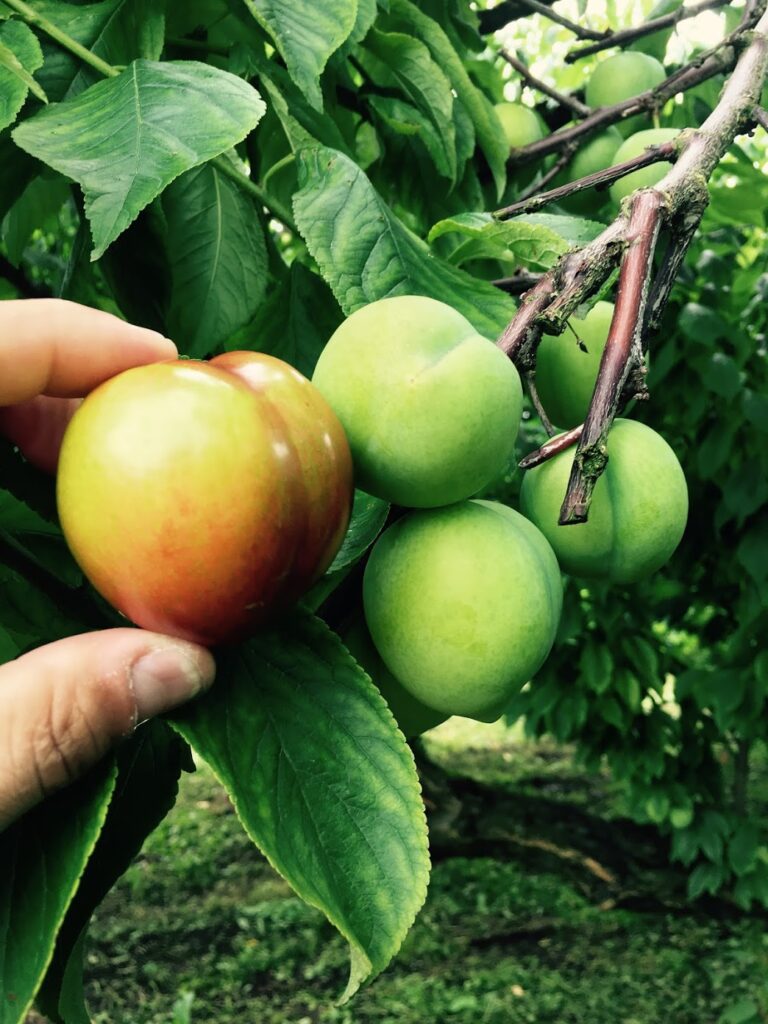
How is umeshu made?
To produce umeshu we start by harvesting plums that are still very unripe, which are therefore hard and poisonous. The stalk is then removed from each one and then the maceration takes place in the alcoholic base which is usually represented by the basic sake of the sakagura (sake production company), an undiluted fermented product (18% vol. instead of 15) and with a good body, the genshu, which can extract its own flavor from plums. The sake and plums - the quantity of which is inversely proportional to the final alcohol content - are placed in a tank, the moromi, in which the maceration takes place, very often with the addition of alcohol, usually shochu, to raise the alcohol content of the product. umeshu. After two or three weeks at constant temperature - in some cases room, in other cases colder, down to 0°C - the final result is obtained, which can range from 8 to 16 % vol. The production process takes place every year in the period of April, May, June - the perfect period for harvesting unripe plums - and does not involve the use of sugar, although in some cases cane sugar is used to give an amber colour, because plums are already natural sweeteners in themselves.
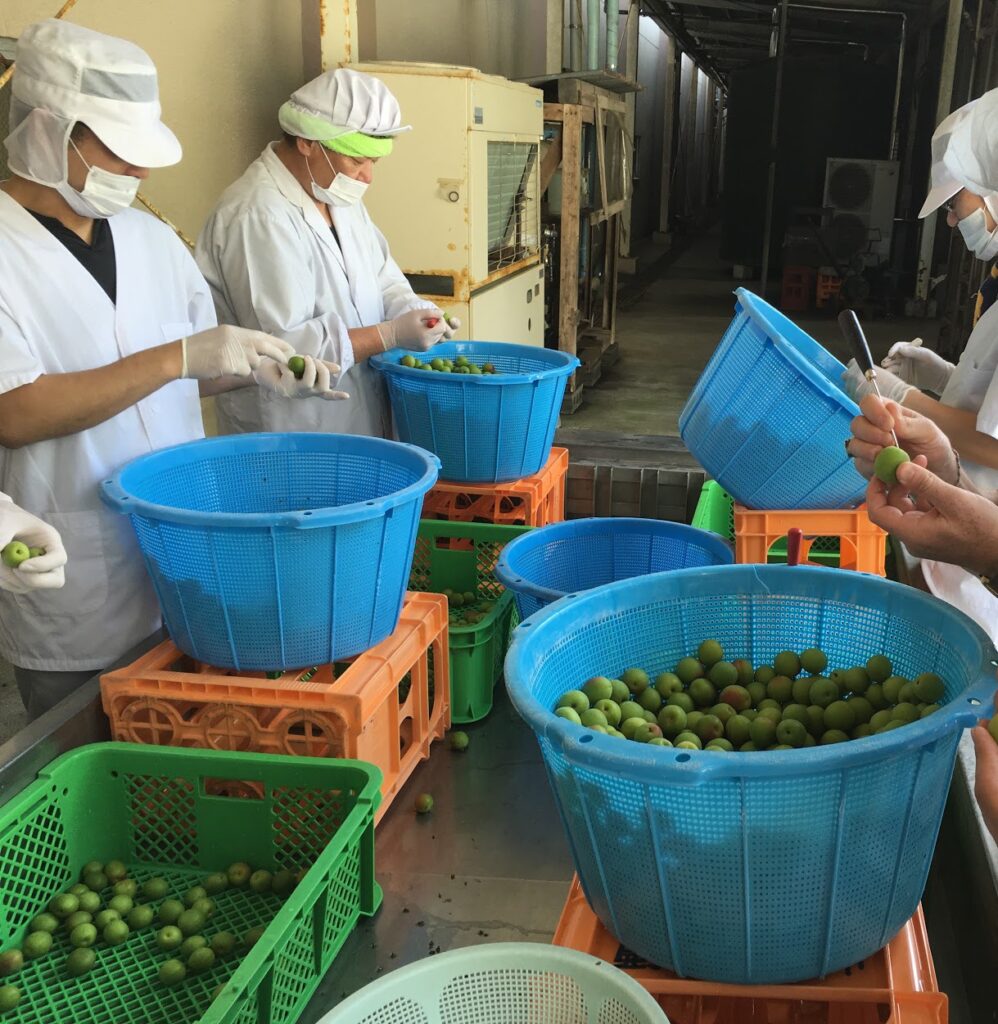
What are the parameters for recognizing quality?
In addition to the ingredients, as in any recipe, the price. A traditional umeshu not only has immense work of picking the plums, but will also have no flavoring and all the flavor and taste will come from the plums. If all this is done by hand, then it is right that the price is higher than that of an industrial product.
Are there different types of umeshu? If yes, which ones? Which umeshu would you recommend to a newbie?
Yes, mainly two. Depending on the quantity of alcohol and plums used, a sweeter and darker umeshu can be obtained, the vast majority of consumption, or a lighter and more acidic product. For a newbie I would recommend the Kikuisami. the taste is that of the traditional liqueur of country houses. It has an alcohol content of 11.5% vol., it is very balanced in taste between the acidity and the natural sweetness of the plums and has a slightly almond aroma.
How is it usually consumed in Japan? At what time of the meal/day?
In Japan each family produces its own umeshu and rarely has all of its production been consumed by the end of the year. This means that a part is drunk at room temperature, chilled or with ice in summer and the remaining part in winter, at room temperature or hot. In the latter mode you get a caramel note, which makes it even more pleasant. In Japan it is used to drink it at the end of a meal alone or in combination with a dessert.
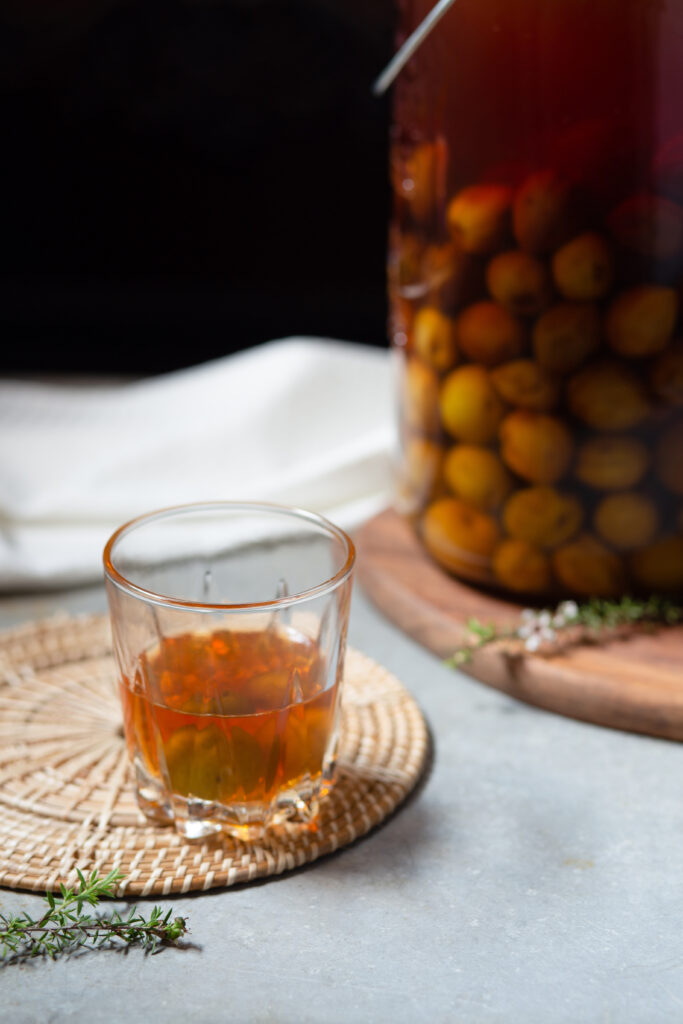
Which dessert can you pair it with?
It can be combined with Japanese Ichigo Daifuku, sweets made from glutinous rice flour, mochi, filled with sweet bean paste and strawberry, or with Italian sweets. In this case, in summer the perfect pairing is ice cream while in winter cakes or tarts. If we talk about the niche type of umeshu - the lighter one - it pairs well with sour fruit, lemon ice cream, or is also good as an accompaniment to a meal. If instead we mean an aged umeshu, how This, having notes of panettone and marzipan, a non-cloying sweetness and a very complex taste, it is also excellent on its own, or together with cheesecake in summer and tiramisu, chocolate or desserts that include it in winter.
How can it be used in mixing? (question to Domenico Carella of Carico Milano)
Since umeshu is an 'aromatic sake', it could be used as an alternative to vermouth. The types with strong acidity could replace the white, in a Martini or a Cardinale cocktail, while the sweeter ones could replace the red. Umeshu is also great in a highball, with soda, tonic or ginger beer. Another way to use the clear one is a twist on the Manhattan with a slightly aged grappa, or even better a brandy, and orange bitters, in equal parts. The accompaniment would be a wakamomo, a Japanese fruit that looks like an olive but is actually a small unripe peach, of which you can also eat the stone.
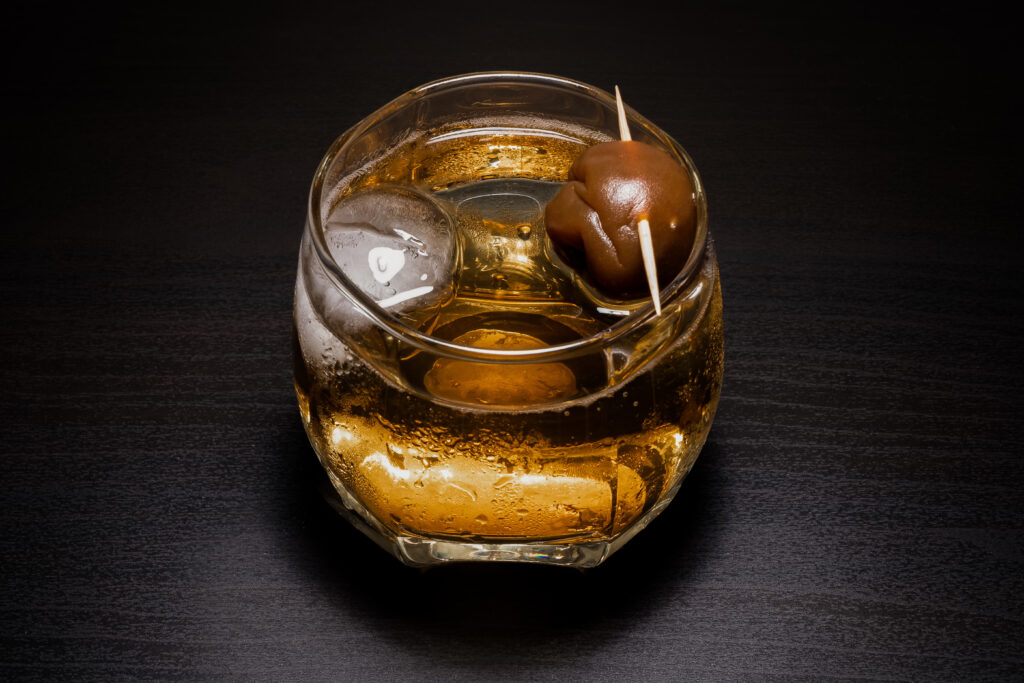 [:]
[:]
